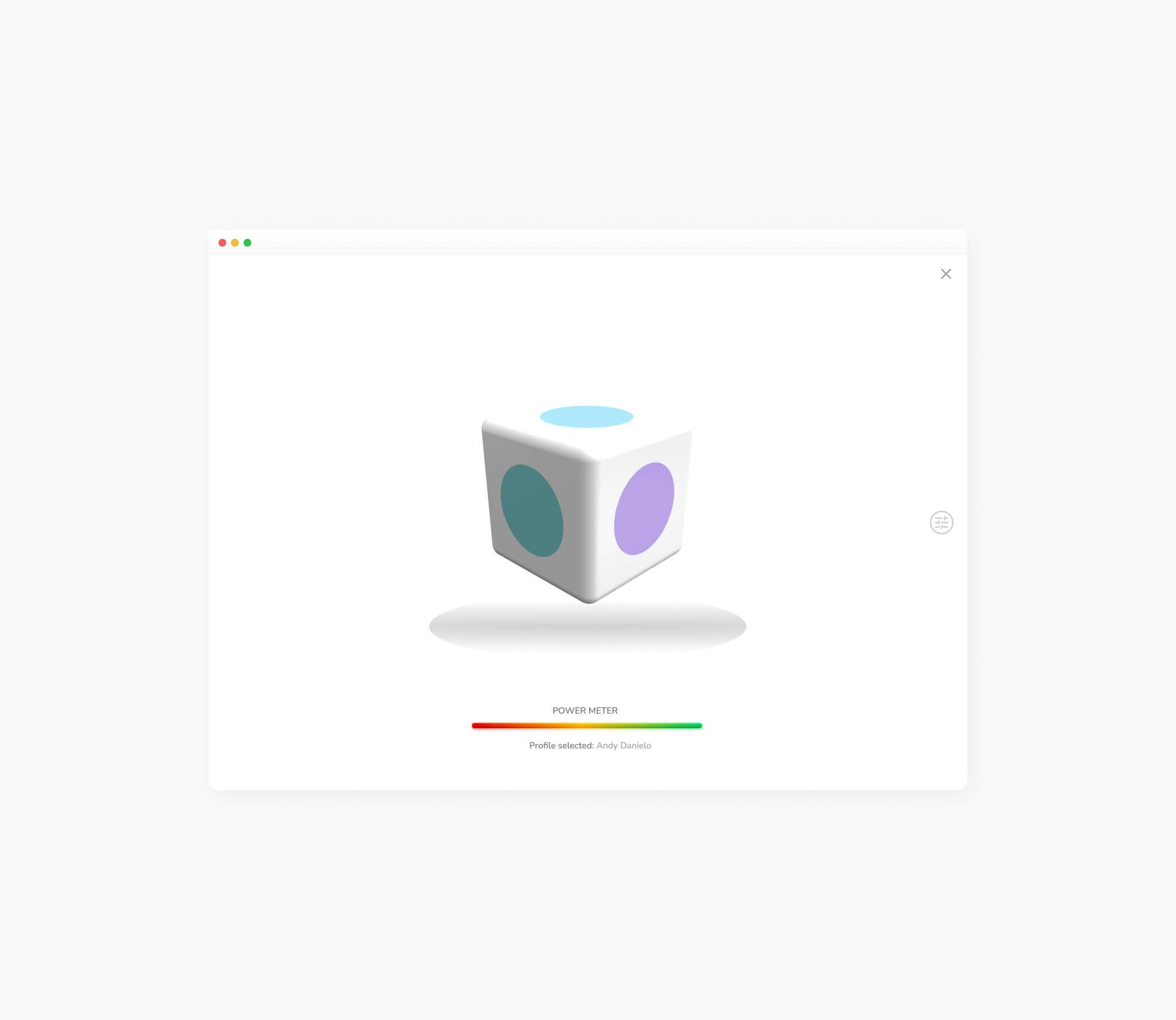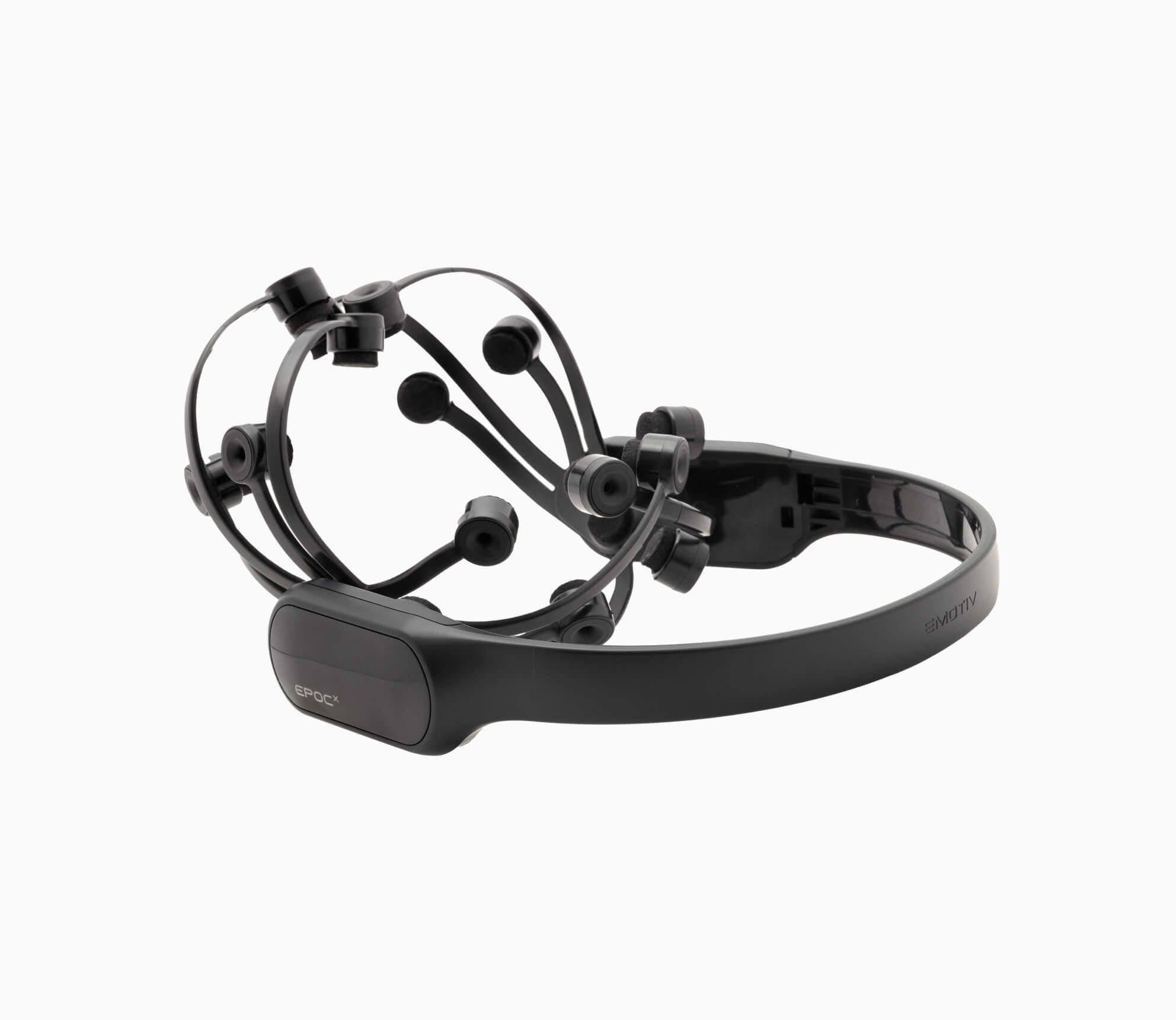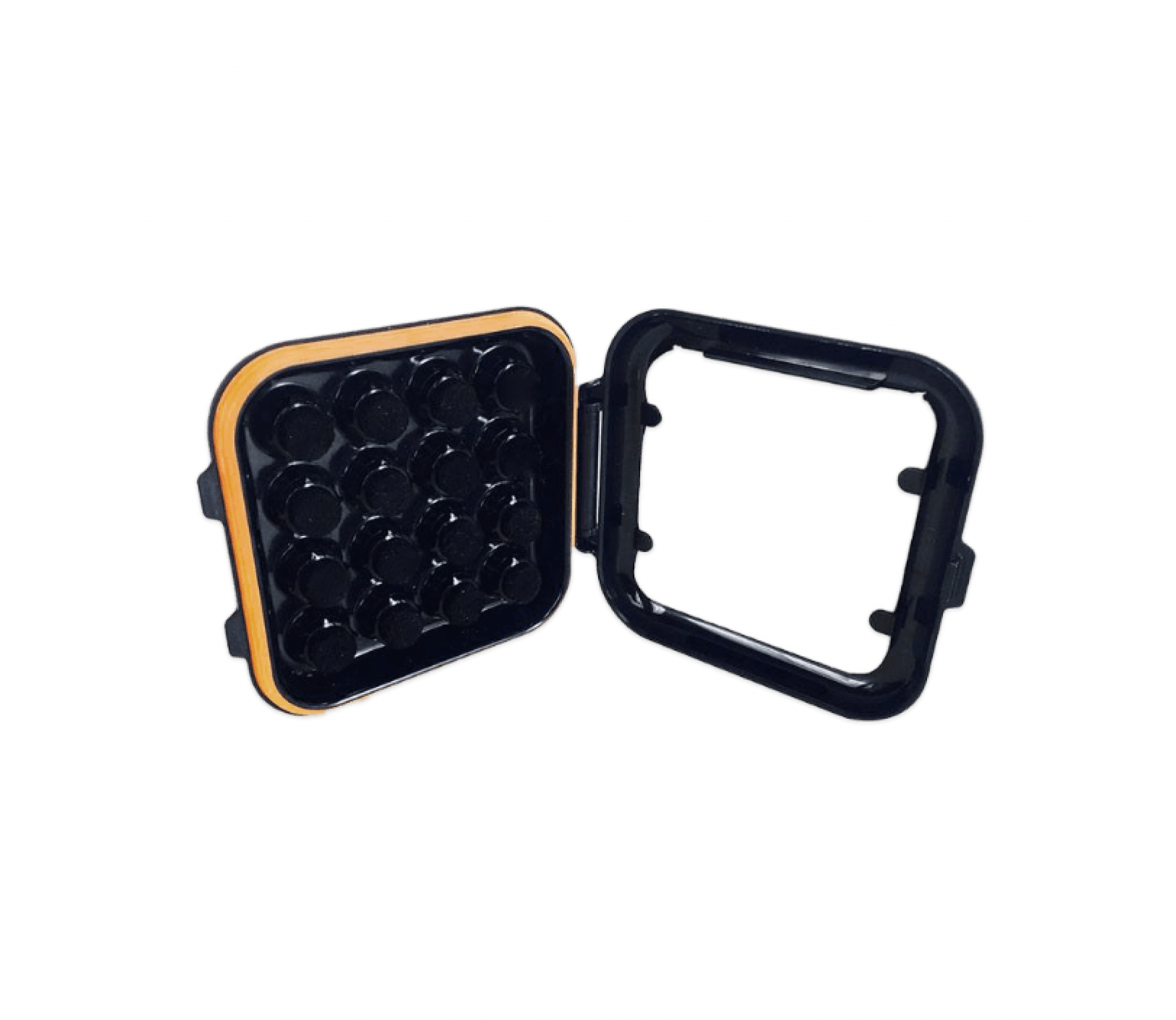Evoked Response Potential (ERP) Definition
An evoked response potential is a pattern recorded by electrodes from a specific part of the nervous system in response to a stimulus, such as sight, sound or touch. An electric potential is the amount of work needed to move a unit of charge inside a field without acceleration. These electrical signals are used in diagnosis and monitoring of disease.
Specifically, this process is used to detect disease and drug-related sensory dysfunction. The process can be applied to intraoperative monitoring of sensory pathways to ensure they maintain their integrity.

Evoked Response Potential FAQ’s
What is an Evoked Response Potential Test?
An evoked potential test measures the time it takes for nerves to respond to stimulation. Electrodes detect electrical signals which are then used in diagnosis and monitoring of disease. This process is most frequently applied to nerve functions and the central nervous system, including the brain.
The electrical signals from an evoked response potential may be recorded from the cerebral cortex, brain stem, spinal cord and peripheral nerves. Usually the term “evoked potential” is reserved for responses involving either recording from or stimulation of central nervous system structures. Usually, evoked potentials are distinguished from spontaneous potentials. Occasionally spontaneous potentials occur in the context of electroencephalography (EEG), electromyography (EMG), or other electrophysiologic recordings.
Evoked potentials test sensory and motor responses. Types of sensory responses used include visual evoked potentials, auditory evoked potentials, somatosensory evoked potentials, and laser evoked potentials.
What is an evoked potential test used for?
Evoked response potential tests for sensory impacts of disease and drug side effects. Evoked response potential (ERP) is also used in monitoring sensory pathways during surgery to ensure that the integrity remains intact. For example, auditory evoked response potentials (AEPs) assess the functioning of the auditory pathway and neuroplasticity. They can be used to diagnose learning disabilities. Somatosensory evoked potentials are recorded during surgery to assess a patient’s spinal cord and the sensory areas of the brain.
Evoked potential responses are commonly used in clinical settings to detect the presence of diseases. These may include neurological conditions or nerve disorders such as multiple sclerosis (MS). Diseases detected can also include brain tumors, and dysfunctions of the optic nerve, hearing loss, and more.
How do evoked response measurements work?
Sensory evoked potentials studies measure electrical activity in the brain in response to stimulation of sight, sound, or touch. When the brain is stimulated, signals travel along the nerves to the brain. Electrodes attached to the brain detect the signals and display them for the doctor to interpret.
The term “evoked potential” is reserved for responses involving either recording from, or stimulation of, central nervous system structures. Occasionally spontaneous potentials occur in the context of electroencephalography (EEG), electromyography (EMG), or other recordings. Evoked potentials are distinguished from spontaneous potentials. Often, the small evoked potentials (as few as under 10 microvolts) are lost in EEG background noise. Computer processing cancels out the noise to reveal a waveform. Latency, duration, and amplitude are used to inform the evoked potential diagnosis.
What is visual evoked response potential?
Visual evoked potential (VEP) is used to measure visual acuity. Flashing lights or a projected checkerboard pattern are displayed. The response data can indicate the health of the visual pathway, as it can be sensitive to dysfunction that may not be detected by physical examinations or MRIs.
Areas which can be evaluated by visual evoked potentials include the retina, optic nerve, optic chiasm, optic radiations, and occipital cortex. Some common dysfunctions revealed by visual evoked potentials include tumors on the optic nerve, multiple sclerosis, and brain injury.
What are abnormal evoked potential results?
Evoked potentials or response tests are used to evaluate or confirm a diagnosis of neurological issues. One test commonly used in this instance is the brainstem auditory evoked potentials response test (BAER). Another test commonly used is the auditory brainstem evoked response or potential (ABER or ABEP). The visual evoked response (VER) is the most commonly-used evoked potential test in the diagnosis of multiple sclerosis (MS).
For a clear diagnosis of MS, the doctor has to find evidence that multiple parts of the central nervous system are affected. Abnormal results in such cases mean that there are areas of damage in the brain. Abnormal response times can also be associated with other neurological diseases or with damaged nerves. Some clinical literature has begun to suggest that abnormal SSEP test results (somatosensory evoked potential) may be a good tool for disability status and relapses of other neurological disorders, such as neuromyelitis optica.
Does Emotiv offer Solutions for Evoked Response Potential?
EMOTIV offers a number of neuroscience products for neuroscience research, including studies into evoked response potentials. EMOTIV’s solutions include neuroscience software, BCI software and EEG hardware technology.
EmotivPro is a neuroscience software solution for research, enabling users to analyze EEG data, display the electrophysiologic recordings in real-time and mark events. The EmotivBCI is a brain-computer interface software that can be used to directly implement a BCI within a computer.
EMOTIV’s products for measuring electrophysiologic recordings such as evoked response potential are considered the most cost-effective and credible mobile and wireless EEG headsets on the market. For neuroscience research, the EMOTIV EPOC X headset provides professional-grade brain data which has been cited in dozens of published clinical studies.




